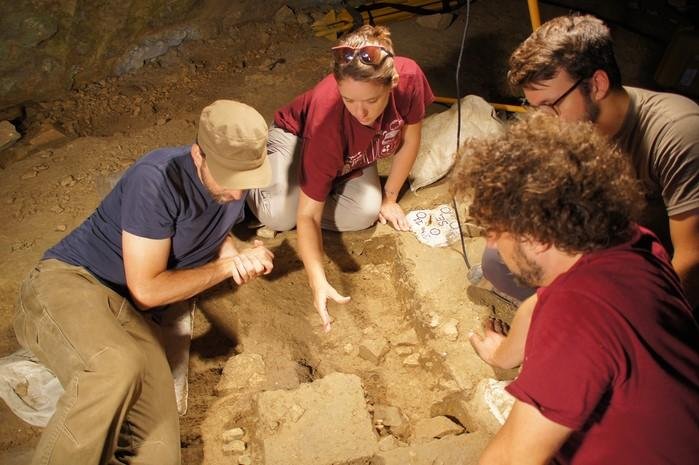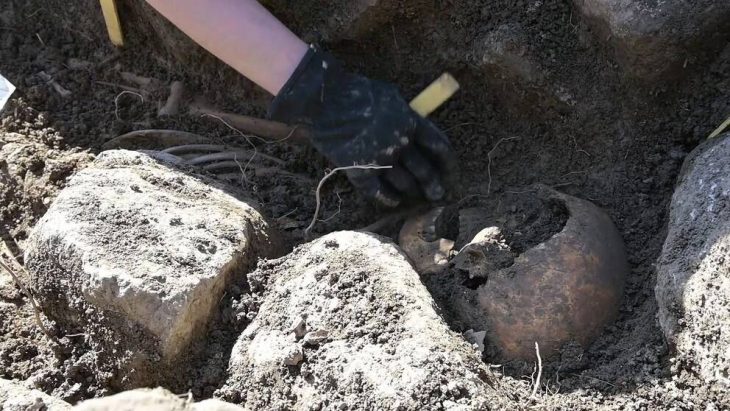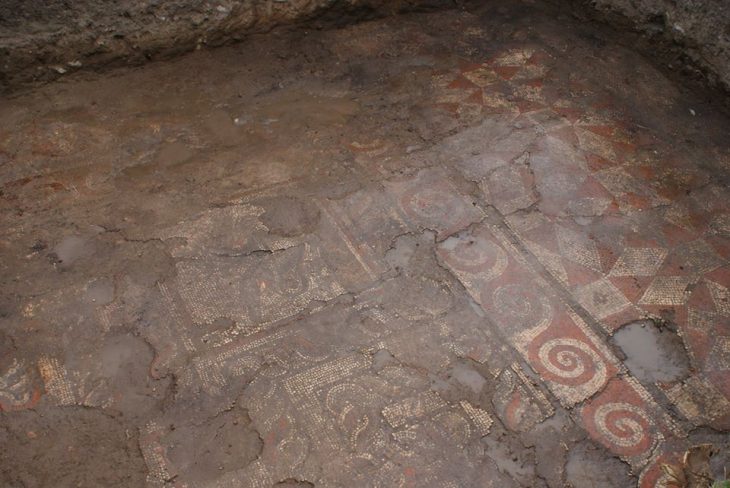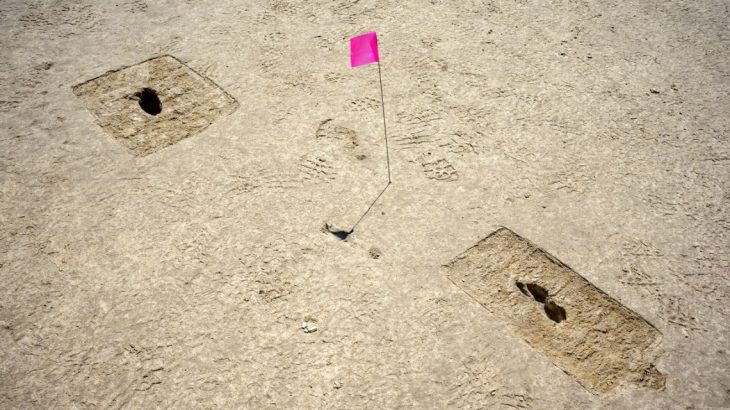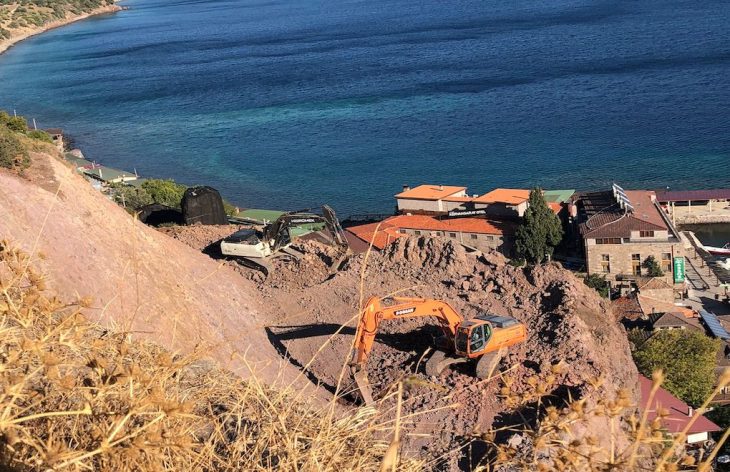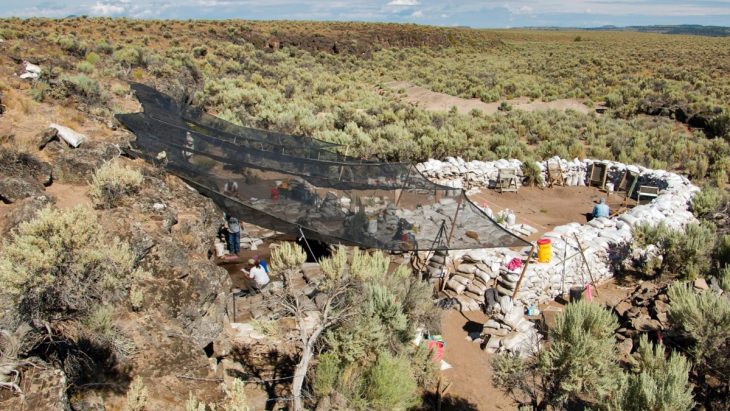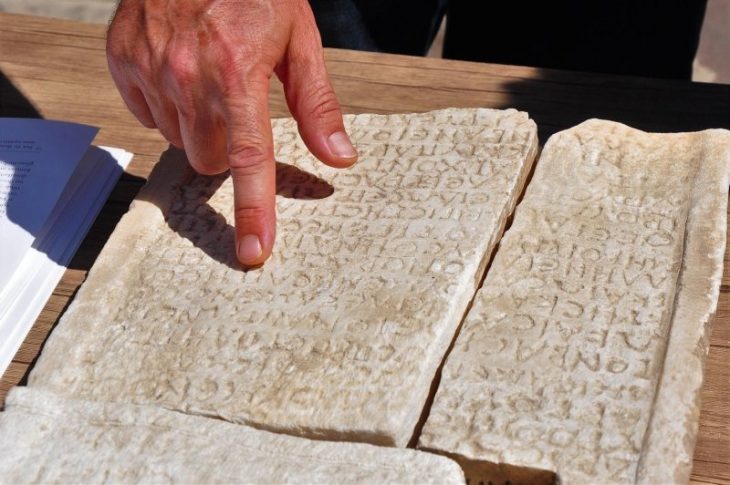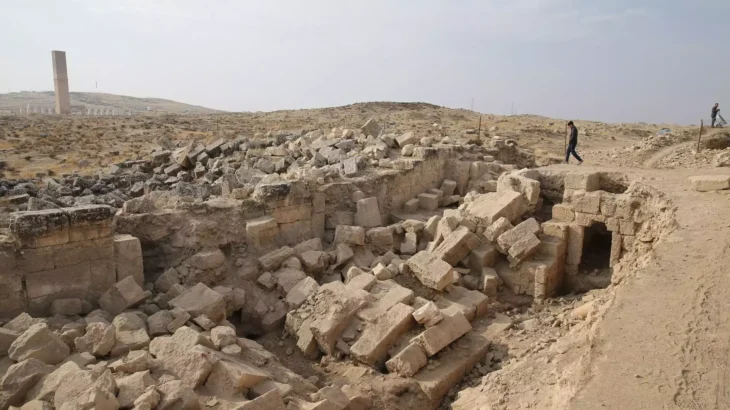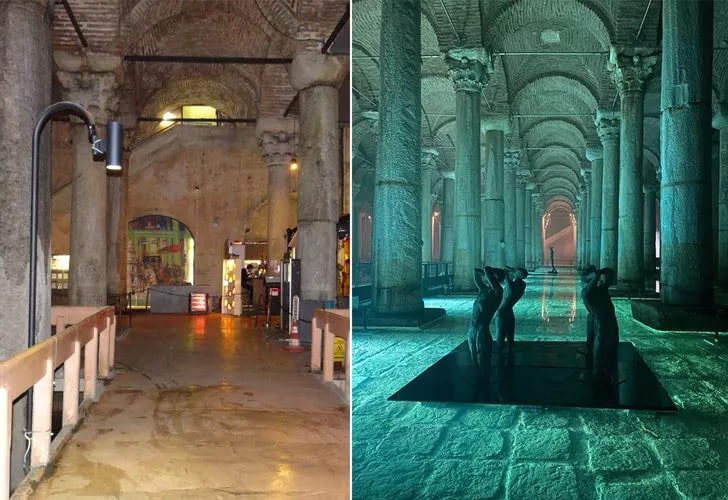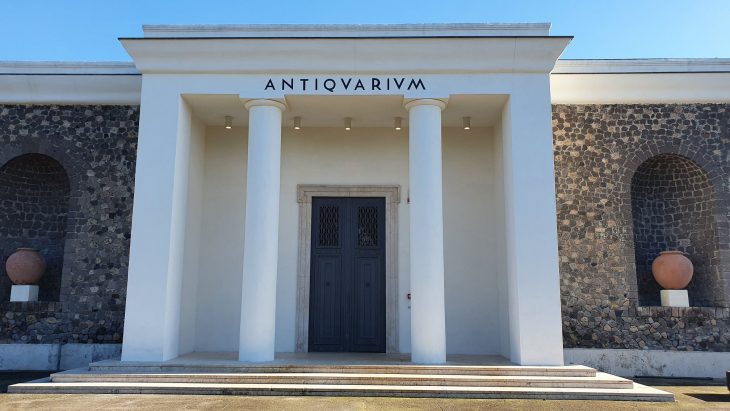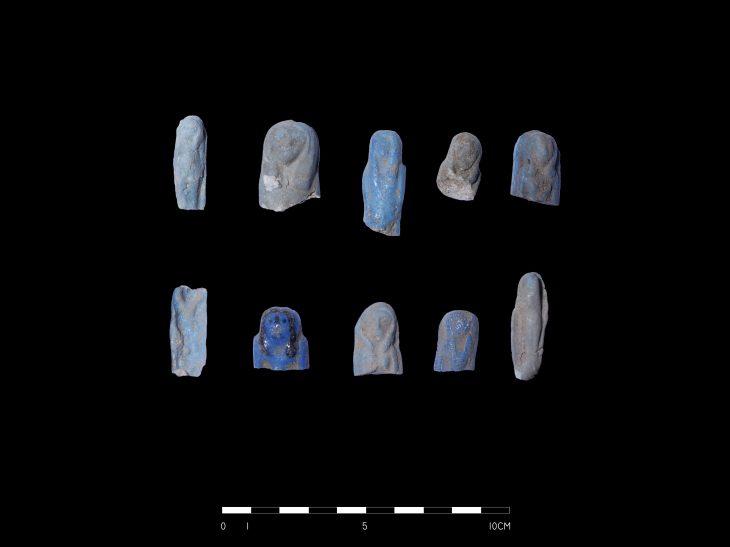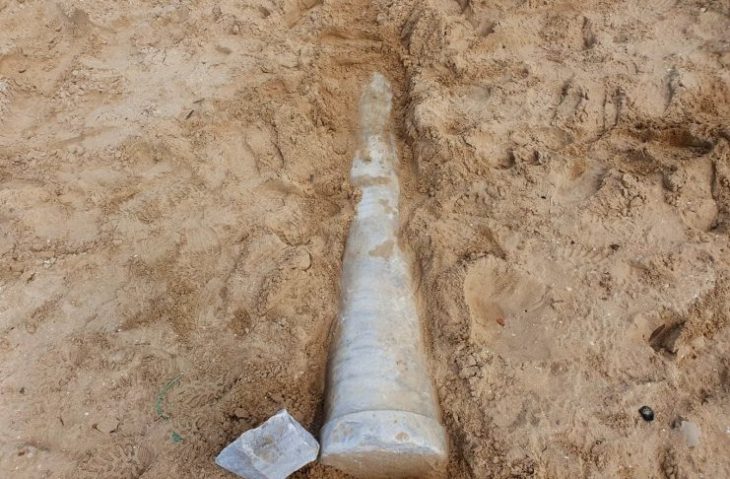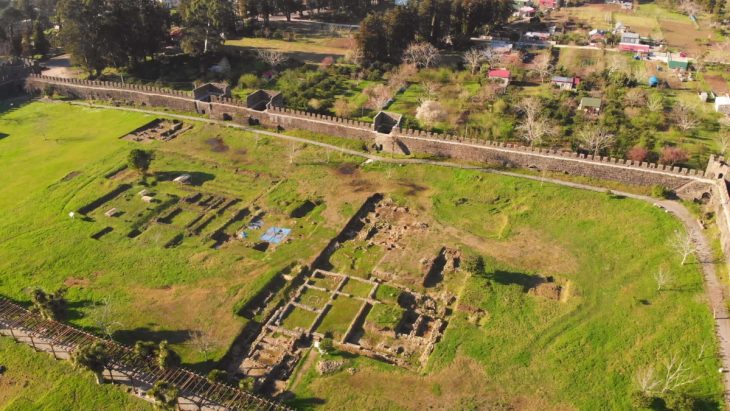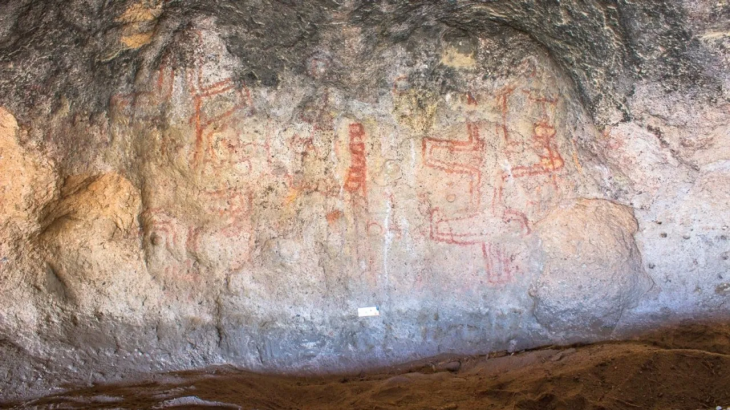An international team of researchers has found Europe’s oldest tomb of a newborn girl, dating back 10,000 years, in Liguria.
The researchers stated in a paper published Tuesday in the journal Scientific Reports that the burial site in Liguria, Italy, comprises over 60 perforated shell beads, four pendants, and an eagle-owl talon beside the human bones.
The baby girl, dubbed “Neve” (Snow) after a river in the region, was between just 40 and 50 days old when she died.
The discovery was made by Stefano Benazzi of the University of Bologna, Fabio Negrino of the Università of Genova, and Marco Peresani of the University of Ferrara, with the support of the Sincrotrone Elettra research center in Trieste.
According to the researchers, the discovery sheds light on the early Mesolithic period, during which there are few known burials. It is also significant, given the seemingly egalitarian treatment for the funeral of an infant female, the researchers said.
“Infant burials are especially rare,” so this finding adds important information to help fill a gap in knowledge spanning from the latest Upper Paleolithic period to the earliest part of the Mesolithic, said Hodgkins, an associate professor of anthropology at the University of Colorado Denver.
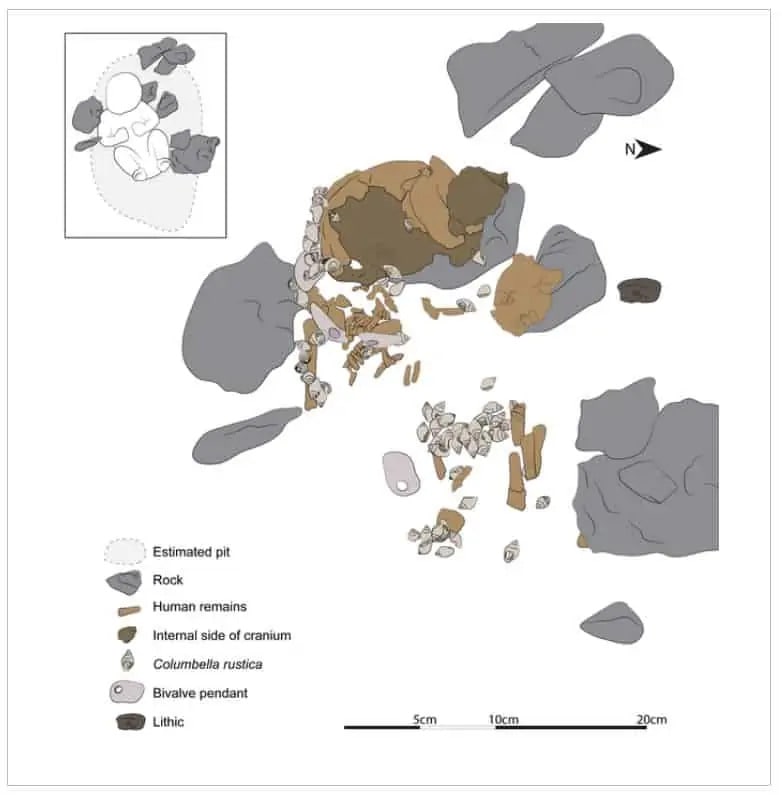
Archaeologists seldom locate the bones of ancient human infants, particularly newborns, since they are frequently too little and frail to survive millennia. Adult remains are more prevalent, although the archaeological record of prehistoric burials contains significant gaps that span thousands of years. And when ancient burials of children have been found, it’s usually been impossible to determine their sex because any DNA in their bones has deteriorated.
Neve’s remains, however, are exceptional because they survived more than 10,000 years in the ground and still contained enough DNA for the scientists to analyze, explained the University of Colorado, Denver palaeoarchaeologist Jamie Hodgkins.
“Neve’s discovery is of exceptional importance,” said Stefano Benazzi of the University of Bologna.
“It will help us fill in many gaps, throwing light on the ancient social structure and funerary and ritual behavior of these ancestors of ours”.
Mortuary practices offer a window into the worldviews and social structure of past societies, the researchers said.
Cover Photo by Jamie Hodgkins/CU Denver
Source: 10.1038/s41598-021-02804-z

